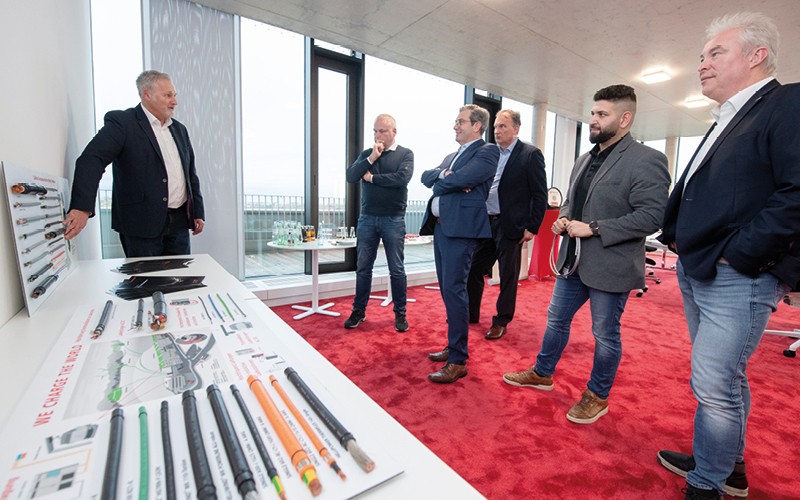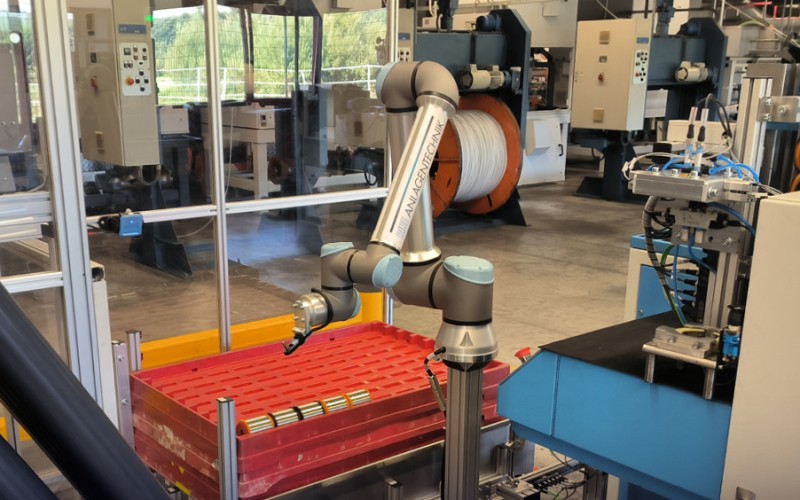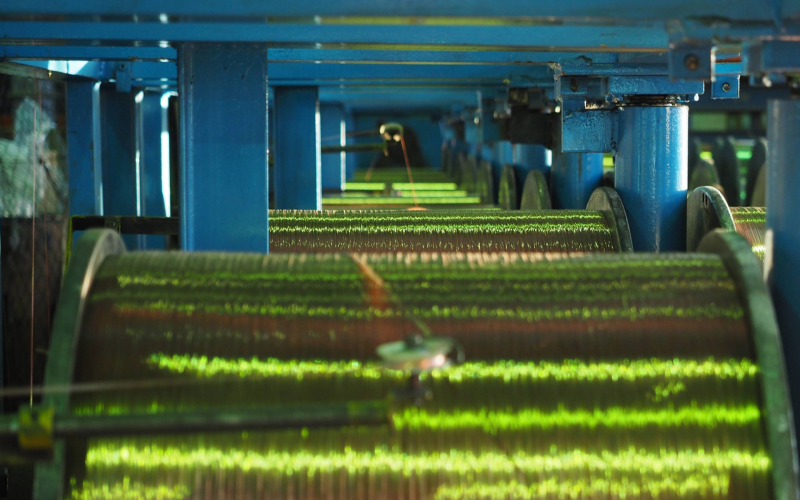Data Centre Cables: Your Need-to-Know
As the backbone of the internet, data centres are integral to storing, processing, and distributing data. But cables are the ingredients that keep them alive.
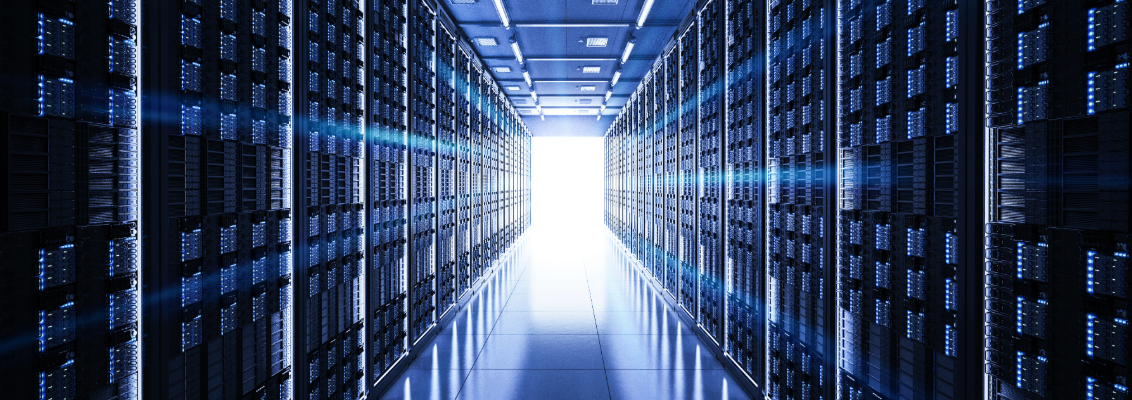
Contents:
More data centres are being built across the globe, fueled by global advancements. Whether e-commerce, remote working, streaming, cloud computing, or something else, data is in demand. As a result, data centres are becoming recognised as assets for growth, innovation, and security.
One of the core components is the wiring and cable infrastructure. Power cables supply electricity to servers, cooling systems, power generators, and more. In short, they distribute power and data within and outside of the facility.
Which Cables are Used in Data Centres?
There are 4 different cables commonly used throughout UK data centres and those abroad:
- Power Cables - Supplying power to servers, power generators, cooling systems, and more, they’re heavy-duty cables. They handle high currents to ensure an uninterrupted power supply. These cables can have good flexibility with a small bending radius when needing to route through tight spaces. Finally, the right braiding is needed to avoid data loss due to electromagnetic interference (EMI). Some of our common data centre power cables include: N2XH, N2XCH, H07ZZ-F, H07RN-F LSF, and H07Z-K.
- Ethernet Cables - These cables connect the internal networks of the data centre. For example, they connect switches, servers, and other devices. The cable’s category (e.g., Cat 5, Cat 6, Cat 6a, etc.) will determine data transmission speeds. These cables are versatile and can be pre-assembled for the application's requirements. For example, if the length is known, they can come pre-terminated for installation with field-terminable connectors.
- Fibre Optic Cables - Using glass or plastic fibre cores, they transmit data in the form of light pulses. This design makes for high-speed data transfer supporting large data ranges. They are commonly laid in below-ground applications to connect data centres to each other or to a storage area network (SAN). However, they can also be installed for connections within the data centres, themselves.
- Coaxial Cables - After having been the workhorse of data transmission for years before the fibre optic cable was introduced, it still has its place. It’s a robust copper core cable often used within data centres for speciality connections. For example, broadband internet. It features tin foiling for strength and braid coverage for electromagnetic compatibility (EMC).
All cables we supply from the UK are low-smoke-zero-halogen (LS0H). This is because we prioritise reducing the effects of potentially toxic gases on electronic components.
What Factors Influence Data Centre Cable Specifications?
In the UK, our electrical installation should be carried out with respect to the 18th Edition. It’s a holistic manual detailing the quality of electrical goods as well as the regulation of using them.
Every UK data centre will have unique applications demanding different cable properties. For example, better Ethernet category matches depending on speed and bandwidth requirements. The length of the cable run can also influence the need for copper core or fibre core cables. This is because fibre offers lower signal loss over long distances.
The specification of cable chosen for data centres often exceeds requirements. This accommodates future upgrades to the facility and its demands. For example, braiding level for EMC, flexibility, temperature resistance, transmission speeds, etc.
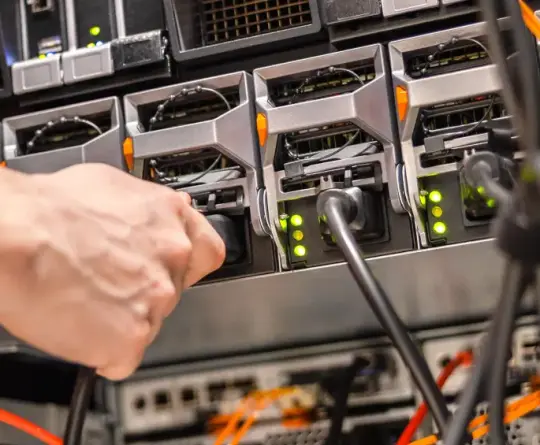
How Data Centres Handle Cable Redundancy and Failover
Data centres mitigate the risk of redundancy by using redundant cables. Known as an “active-active” configuration, multiple cables are used for load balancing and failover. It uses separate pathways to prevent a single point of failure and ensure continuous operation.
Data Centre Cable Management
Proper cable management maintains operations while offering safety, sustainability, and scalability. It also provides easy access for maintenance and system airflow. Cable management in data centres includes methods such as:
- Cable Trays - A pathway designed to support and organise a myriad of cables throughout data centre networks.
- Ladders - Similar to the cable tray, the ladder carries cable lengths throughout a data facility. However, a ladder offers increased airflow due to its “ladder” design.
- Vertical and Horizontal Managers - Housed between the individual server racks, these drawers effectively store cables with easy access.
- Optimal Routing - Many data centres route in the plenum. This is a sealed air space between the concrete subfloor and the raised access flooring.
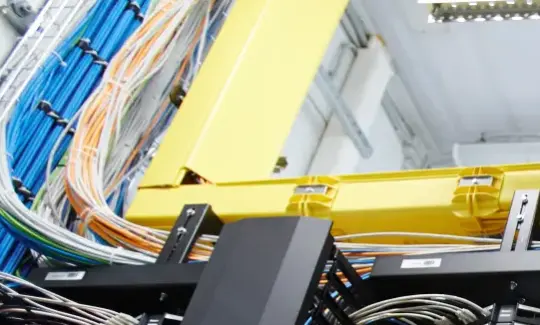
Cable Installation Best Practices in Data Centres
Managing cables within data centres includes: labelling, using colours, documenting, and testing. Clear labels offer easy identification. Similarly, so can using coloured cables for different categories. The accurate documentation of cabling infrastructure assists with maintenance, testing, and future planning. Finally, periodic testing ensures continued performance and allows for preventative maintenance.
Using British standards can ensure optimised data centre cable installation. E.g., in the section “Measures to reduce electromagnetic interference (EMI)”, the 18th Edition recommends:
- Reg.444.4.2.1 (i) - Where screened signal or data cables are used, care should be taken to limit the fault current from power systems flowing through the screens and cores of signal cables, or data cables, which are earthed. Additional conductors may be necessary. E.g., a bypass conductor for screen reinforcement.
- Reg. 444.4.2.1 (ii) - The use of surge protective devices and/or filters to improve electromagnetic compatibility with regard to conducted electromagnetic phenomena for electrical equipment sensitive to electromagnetic disturbances.
- Reg. 444.4.2.1 (iii) - The installation of power cables close together to minimise cable loop areas. I.e., line, neutral and any protective earth conductors.
- Reg. 444.4.2.1 (iv) - The separation of power and signal cables.
- Reg. 444.4.2.1 (v) - The installation of an equipotential bonding network.
How Does Cable Labelling Benefit Data Centres?
Cable labelling provides several benefits to a data centre. With the sheer volume of cable in a data facility, proper labelling is invaluable for identifying a cable for maintenance or testing.
Labelling can be achieved with alphabetical rings, numerical rings, custom-printed rings, or adhesive labels. Using labelling is a quick identifying tool when needing to locate a specific cable. For example, knowing where a cable leads can significantly reduce troubleshooting and downtime.
Growth is also a factor. A data centre’s future requires a robust infrastructure that facilitates upgrades and expansions. Accurate documentation helps understand the current installation to efficiently plan ahead.

What Does the Future Have in Store for Data Centre Cables?
With the increased adoption of internet usage and cloud computing, the demand for data centres continues to grow. For example, a new £350m data centre is currently being built in Manchester’s town of Stockport and Microsoft is commissioning another Australian facility. With this growth, the future for data centre cables looks like:
- More Fibre Optic Connections - Due to their capacity to carry higher bandwidths, fibre cables are a big focus for innovation. Fibre’s ease of use has improved over time and the transmission of data via light signals means less data loss through EMI.
- Higher Category Ethernet Cables - Cat 8 cables are increasing in popularity due to the faster data transmission speeds. With the need for higher speeds, the adoption of these cables and connectors will be necessary. The plan is to support 25G, 40G, and 100G connections.
- Smarter Cabling Solutions - Knowing when an electric component will fail before it does is critical. Using real-time monitoring systems, intelligent cable management will maintain an always-on network.

